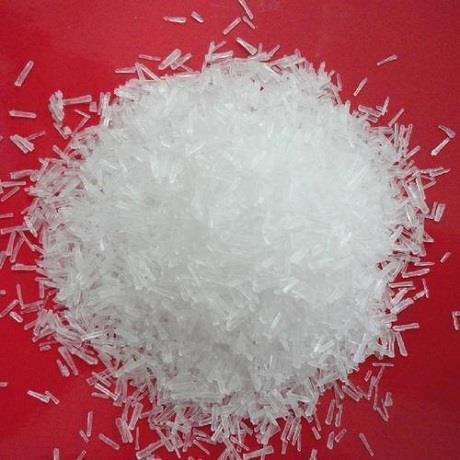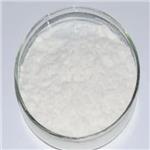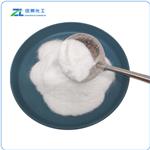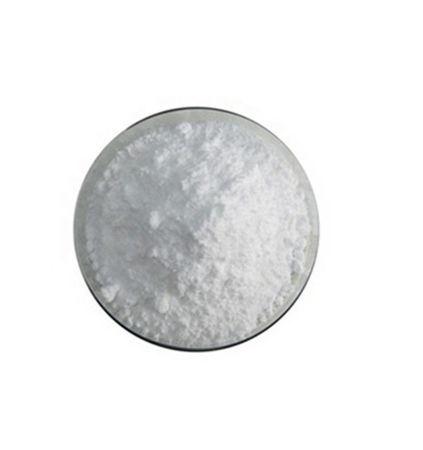Uses and Preparation of Monosodium glutamate
Monosodium glutamate (MSG), also called monosodium L-glutamate or sodium glutamate, white crystalline substance, a sodium salt of the amino acid glutamic acid, that is used to intensify the natural flavour of certain foods.

Chemical properties
Monosodium glutamate is usually available as the monohydrate, a white, odorless, crystalline powder. The solid contains separate sodium cations Na+ and glutamate anions in zwitterionic form, −OOC-CH(NH+3)-(CH2)2-COO−.In solution it dissociates into glutamate and sodium ions.
MSG is freely soluble in water, but it is not hygroscopic and is insoluble in common organic solvents (such as ether).[38] It is generally stable under food-processing conditions. MSG does not break down during cooking and, like other amino acids, will exhibit a Maillard reaction (browning) in the presence of sugars at very high temperatures.
Uses
Monosodium glutamate is widely used to intensify and enhance umami flavors in sauces, broths, soups and many more foods. It can also be used as a partial replacement for salt, containing just one-third the sodium, and is classed as safe by the United States Food and Drug Administration and the World Health Organization. Originally associated mainly with Asian cuisines, MSG (monosodium glutamate) is now used around the world to bring out the delicious flavor of foods.
Preparation
MSG (monosodium glutamate) is made of naturally occurring substances through a modern version of that process, with the help of microbes that transform feedstocks like sugarcane into food products. First the sugarcane is extracted as glucose and sent to a fermentation tank, to which fermentative microbes are then added. These microbes consume the glucose, releasing glutamic acid, which though neutralization is turned into a solution that contains MSG. This solution is then decolorized and filtered, resulting in a pure MSG solution. This pure solution is crystallized using an evaporator and the crystals dried to produce the final product—MSG. The entire process has a very small environmental footprint, as its coproducts can be returned to the soil in the form of fertilizer to help grow more crops like sugarcane, forming a virtuous cycle.
Concerning reactions
MSG has been used as a food additive for many years. During this time, the FDA has received many reports of concerning reactions that people have attributed to foods that had MSG in them. These reactions — called MSG symptom complex — include:
Headache
Flushing
Sweating
Face pressure or tightness
Lack of feeling (numbness), tingling or burning in the face, neck and other areas
Quick, fluttering heartbeats
Chest pain
Feeling sick (nausea)
Weakness
You may like
See also
Lastest Price from Monosodium glutamate manufacturers

US $980.00-750.00/ton2025-04-21
- CAS:
- 32221-81-1
- Min. Order:
- 1ton
- Purity:
- 99%
- Supply Ability:
- 5000

US $45.00/kg2025-04-21
- CAS:
- 32221-81-1
- Min. Order:
- 1kg
- Purity:
- 99%
- Supply Ability:
- 20 tons


